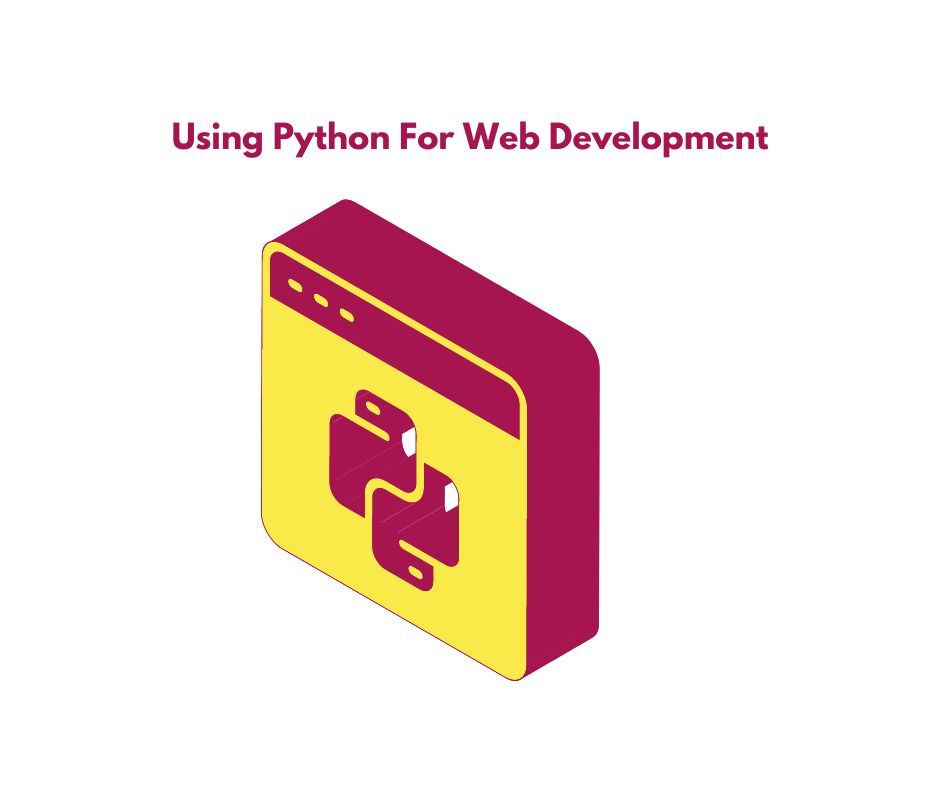Using Python For Web Development

Looking to develop web applications with Python? Look no further! In this tutorial, we will cover the basics of web development with Python, starting from the ground up. By the end of this guide, you will have a solid understanding of how to build dynamic websites and sophisticated web applications using Python.
First and foremost, it is important to understand the fundamentals of web development. This includes learning about HTML, CSS, JavaScript, and XML. We’ll also be covering Python’s built-in Web Development Library ( Flask ), as well as exploring some popular frameworks such as Django and CherryPy. By the end of this tutorial, you should have a firm grip on how to build dynamic websites and perform sophisticated tasks such as authentication and data handling.
To make things even more fun, we’ll also be taking a look at NoSQL databases such as MongoDB. These databases offer a different approach to data storage that can be very useful in certain situations. Plus, by deploying your applications with Python you can ensure that they are easy to maintain and scale up or down according to your needs.
This comprehensive guide is designed for anyone who wants to learn about web development fundamentals in Python – whether you are an experienced developer or just starting out!
Exploring The Advantages Of Using Python For Web Development
Python is a versatile and powerful language that can be used for web development. It has many advantages over other languages, such as JavaScript, in terms of development speed and flexibility. In this section, we will explore some of the key advantages of Python for web development. The Python Training in Hyderabad course by Kelly Technologies helps to build the skills needed to become an expert in this domain.
First and foremost, Python is fast – much faster than many other popular languages for web development. This means that you can build more complex and responsive websites with less time spent waiting for the code to load. Additionally, Python is also highly versatile – you can use it to build websites from scratch or use existing frameworks and libraries to save time and effort.
Another key advantage of using Python for web development is its rich library of tools. These include tools for dealing with HTML, CSS, JavaScript, images, databases etc. This makes Python an ideal language for building comprehensive web applications.
Python also has powerful dynamic features that make it well-suited for data-intensive tasks such as Artificial Intelligence (AI) and Machine Learning (ML). Additionally, its easy-to-use syntax makes it perfect for beginners who want to foray into web development but don’t know where to start.
Last but not least, one of the most important factors when choosing a language for web development is security – which is equally well-served by Python thanks to its built-in security features and robust ecosystem of third-party libraries. Overall then, if you are looking to develop complex or data-rich websites using a modern language that offers great speed and versatility then look no further than Python!
Joining Blooket offers an engaging and educational experience for students and teachers alike. The platform’s interactive quizzes make learning fun. Sign up today to explore its numerous features. Enhance your classroom with Blooket’s innovative tools. Don’t miss out on this effective and enjoyable way to learn.
What You Can Create With Python
Python is an open source programming language that has been around since the early 1990s. It is versatile and can be used for a variety of tasks, including web applications, chatbots, automation scripts, and more. Python has become increasingly popular in recent years for its powerful capabilities in data analysis and machine learning. This makes it a great choice for tasks like fraud detection or customer service. Additionally, Python integrates easily with other technologies like databases and APIs to make developing software more efficient.
One of the most useful features of Python is its library system. This allows you to access a wide range of tools and libraries that can be used to help with your development tasks. For example, pandas provides powerful data analysis capabilities while numpy helps with scientific computing tasks. In addition to these core libraries, many developers also rely on third-party libraries to speed up their development process.
Python also offers great support for graphical user interfaces (GUI). With the right frameworks and libraries installed, you can create sophisticated UIs that look great on any device. Game development using Python can be fun and easy using popular frameworks like Pygame. And lastly, artificial intelligence (AI) and robotics can also be created using Python – making it a versatile toolkit for any domain or application imaginable!
Enhance Your Problem-Solving Techniques With Python Coding
Problem solving is an essential skill for any professional, and Python coding can help to enhance your problem-solving techniques. In this section, we will be discussing some of the basics of Boolean logic using python programming language and how it can be used to enhance your problem solving skills. Additionally, we will be discussing how to design algorithms and write test cases in Python. We will also explore the creation of interactive graphical information with Python and integrate flexibility and scalability into our codebase. Finally, we will discuss the fundamentals of memory mapping and multithreading in Python as well as analyze data using Numpy and Pandas libraries in Python. By doing so, you’ll be able to create powerful scripts that can automate repetitive tasks. By understanding these concepts, you’ll have a strong foundation on which to build more complex scripts or applications in future. So don’t wait any longer – start learning about python coding today!
Best Practices For Learning Python 2
Python is a powerful language that is loved by developers for its ease of use and ability to handle complex tasks. However, like any new language, it takes time to learn and become proficient at it. That’s why learning best practices is so important when learning Python 2. By following these tips, you will be on your way to becoming a powerful Python developer.
First and foremost, it’s important to understand the fundamentals of the language – variables, functions, classes, objects and more. Once you have a solid foundation in the basics of Python 2, you can start exploring more advanced concepts such as web development and database interaction. Additionally, it’s essential to get familiar with libraries and packages in Python. This will allow you to easily incorporate third-party code into your projects without having to worry about maintaining compatibility or understanding the underlying codebase.
Next, learn how to structure your code properly so that it is easy for other developers to read and understand. Finally, make sure that you are using the right syntax when coding – this will help avoid common errors when debugging or troubleshooting your code. And lastly – don’t forget to practice! Coding isn’t something that should be done only during exams or while studying for certification; coding is a skill that should be practiced regularly throughout your career as a developer. With the right practice habits in place, you are on your way to becoming a powerful Python developer!
Understanding The Basics Of Python For Beginners
In this blog, we will be exploring the basics of Python for beginners. This powerful programming language has a lot of advantages and disadvantages, and it can be used for a variety of different applications. We’ll take a look at some popular libraries and frameworks that are used with Python, as well as cover the differences between Python 2 and Python 3. We’ll also show you how to set up your development environment for Python, and provide some practical examples to help you understand the basics of this powerful programming language.
Conclusion
This article in the geocentury must have given you a clear idea about Python industry. Python is an incredibly powerful and versatile programming language, with a wide variety of applications and benefits. This blog post explored the advantages of Python, along with some popular libraries and frameworks for web development, artificial intelligence, and machine learning. We also discussed techniques for integrating Python into existing software development processes and provided tips on best practices for using this language. As the capabilities of Python continue to expand, so too will its potential in various fields; it is undoubtedly a powerful tool that can be leveraged to create innovative solutions.




